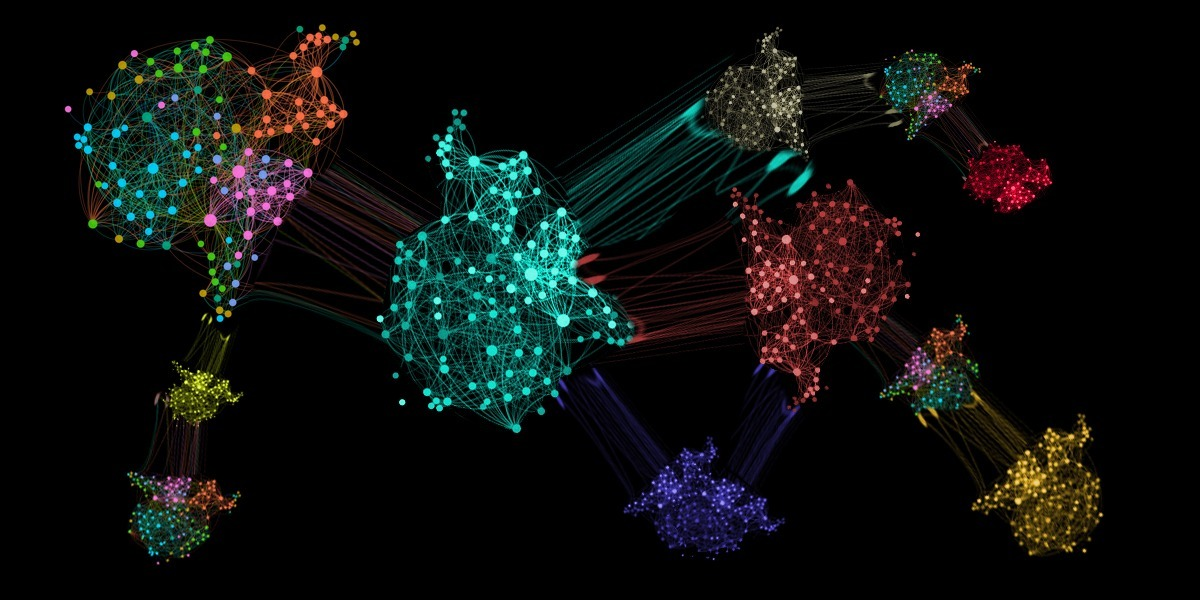 Amal Satheesh
Amal Satheesh
Expert Data Scientist
This is the third in a series of blogs pulling back the curtain on Impact Analytics ForecastSmart™ AI-based demand forecasting software.
Today’s average retail consumer is highly aspirational and eager to keep up with rapidly changing fashion trends. To maintain an edge in this scenario, fashion brands must provide consumers with an ever-changing assortment. But this brings with it its own set of problems, one of the most prominent being the challenge of accurately forecasting demand.
Why Is Cold Start Modeling Difficult?
Every forecast framework essentially estimates two aspects of demand.
- Sales pattern—This is the ebb and flow of sales over regular time intervals (weekly/ monthly/quarterly). This aspect captures seasonal behavior, elasticities, and the response to irregular factors such as events.
- Rate of sales, or scale—This tells us how much the product sells, on average, without considering seasonal patterns. Scale is affected by factors such as buy quantities, store penetration, marketing budget, and product appeal.
Estimating these two factors effectively is necessary to create an accurate demand forecast for any product.
 For products with sufficient sales histories, regular statistical models infer the above aspects from the history itself and generate a forecast. Obviously, this is not viable in the case of a new product that has no data; hence, we’re in a “cold start” situation.
For products with sufficient sales histories, regular statistical models infer the above aspects from the history itself and generate a forecast. Obviously, this is not viable in the case of a new product that has no data; hence, we’re in a “cold start” situation.
So, to estimate the sales pattern and scale for a new product, we must employ two separate, additional processes:
- AI-driven SKU similarity detection—for pattern estimation
- Diffusion algorithms—for scale
Pattern Estimation Through Similar SKU Identification
Similar SKUs tend to behave similarly; this is the foundation on which we build a new SKU pattern estimation.
Due to their need to constantly churn out new assortments, retailers often create products by modifying prior SKUs. Identifying these similar SKUs is the key to estimating how a new SKU will behave in the market. This is where AI steps in to provide accurate product similarity mapping.
AI-based clustering algorithms identify similarly behaving SKUs by considering factors such as product attribute data ( color, material, etc.), pricing information, launch dates, store penetration, life cycle information, and marketing data, then groups these SKUs into distinct clusters. Computer vision algorithms can also play a crucial role here by extracting product attributes directly from image data, making the process more accurate and faster.
 These AI clustering algorithms create an accurate, well separated, optimum number of clusters containing similarly behaving SKUs. Sales patterns for a new SKU may now be effectively estimated from the behavior of SKUs in the cluster.
These AI clustering algorithms create an accurate, well separated, optimum number of clusters containing similarly behaving SKUs. Sales patterns for a new SKU may now be effectively estimated from the behavior of SKUs in the cluster.
Using Diffusion Algorithms to Estimate Rate of Sales
A product’s rate of sales, or scale, depends on various factors such as buy quantity, price point, store penetration, marketing, and rate of customer penetration. Buy quantity, pricing, store penetration, and marketing are internal to an organization. The rate of customer penetration—the number of a retailer’s customers divided by the size of its target market —is external but influenced by all the internal factors mentioned above. Customer penetration rates play a crucial role in estimating product scale and so we deploy diffusion algorithms, such as bass diffusion, to estimate it.
Bass diffusion models work on the premise that penetration rates differ for early adopters (or innovators) and late adopters (or imitators). These models estimate penetration rates across these two customer segments based on the behavior of similar SKUs, on-hand quantities, price points, and other considerations.
 To generate the final demand forecast for a new product, the estimated sales pattern is overlaid on the estimated rate of sales.
To generate the final demand forecast for a new product, the estimated sales pattern is overlaid on the estimated rate of sales.
The Human-Machine Ecosystem
All effective demand forecasting frameworks are human-machine ecosystems—where software and people interact to synergistic effect—and this is certainly true for cold start modeling. While the AI models provide an effective structure to generate forecasts, human domain knowledge and interpretative ability is necessary to create a highly accurate and explainable forecast. Put another way: It is essential to strike a balance between automated predictions and human expertise.
Conclusion
The competitive nature of markets typically ensures survival of the fittest, and the ability to generate quality forecasts for new products is essential to retailers to maintain their edge in the race. The rapid pace of fashion is here to stay and retailers should embrace this change through the adoption of AI and ML frameworks.
Take the Next Step
Impact Analytics ForecastSmart™ provides an excellent platform for demand forecasting in general and cold start modeling in particular. Our client research across multiple fashion retailers indicates their demand forecasts for new products are between 25-30 percent more accurate than their former judgment-based forecasts.
Impact Analytics ForecastSmart—Take advantage of advanced machine learning algorithms to generate precise forecasts for every SKU, at any store, style, or hierarchy level, throughout every lifecycle.
Read Automated Style Chaining—The #1 blog in the AI Retail Demand Forecast Technology series
Read Accounting for Rare Event—The #2 blog in the AI Retail Demand Forecast Technology series





